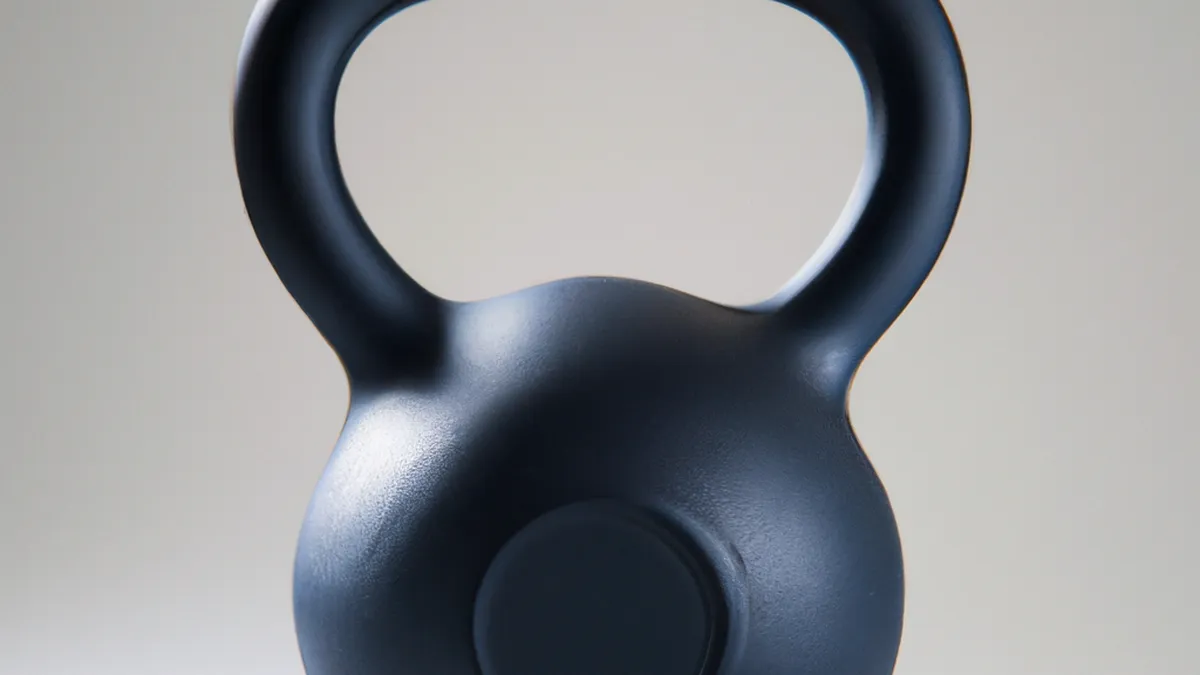Revealing Insights on TENS Therapy Effectiveness
Understanding Variability in Patient Responses to TENS Therapy
Transcutaneous Electrical Nerve Stimulation (TENS) therapy helps many patients manage pain. This non-invasive technique offers relief, but responses vary significantly. Understanding these differences optimizes treatment outcomes. We will explore factors influencing TENS responses, provide effective use tips, discuss benefits, and summarize key takeaways.
What is TENS Therapy?
TENS therapy delivers low-voltage electrical currents through skin electrodes. It reduces pain perception by stimulating nerves. Patients often use TENS units for arthritis, back pain, and neuropathy. Some experience significant relief, while others feel minimal effects. Various factors influence individual responses to treatment.
Factors Influencing Variability
1. Individual Physiological Differences
Each person’s body reacts differently to electrical stimulation. Skin thickness, nerve sensitivity, and muscle composition affect responses. For example, thicker skin may require higher intensity settings. Conversely, heightened nerve sensitivity often responds better to lower frequencies.
2. Psychological Factors
Mental state significantly influences pain perception. Anxiety and depression may increase pain experiences. A positive outlook can enhance TENS therapy effectiveness. Addressing psychological factors is essential for optimal results.
3. Condition-Specific Factors
The underlying condition affects patient responses to TENS therapy. Chronic pain conditions may require different settings than acute injuries. Some conditions respond better to specific frequencies or pulse durations. Understanding these nuances tailors treatment effectively.
Tips for Effective TENS Therapy
Choose the Right Settings
Selecting appropriate settings improves treatment outcomes. Many TENS units allow frequency and intensity adjustments. Start with lower settings and gradually increase based on comfort. Generally, lower frequencies (1-10 Hz) assist chronic pain, while higher frequencies (80-120 Hz) help acute pain.
Placement of Electrodes
Proper electrode placement enhances TENS therapy effectiveness. Experiment with positioning to find optimal spots. Generally, place electrodes near the pain area or along corresponding nerve pathways. Avoid bony areas and the front of the neck.
Duration and Frequency of Use
Consider session duration and frequency. Many patients find relief with 20 to 30-minute sessions. Some may require longer sessions for severe pain. Aim for multiple sessions throughout the day if needed, but listen to your body. Overuse can cause skin irritation or diminished effectiveness.
Benefits of TENS Therapy
TENS therapy offers numerous benefits, making it appealing for pain management.
Non-Invasive and Drug-Free
One significant advantage is its non-invasive nature. TENS therapy requires no medications, reducing side effects and dependency risks. This benefit suits those seeking alternative pain management methods.
Versatile Application
TENS units are versatile and suitable for various conditions. Patients can use them at home, making pain management convenient. Adjustable settings allow tailored treatment based on individual needs.
Improved Quality of Life
Many patients report a better quality of life with TENS therapy. Effective pain management enables individuals to engage in daily activities and enjoy life more. This positive impact extends beyond physical health and enhances overall well-being.
Conclusion
Understanding variability in patient responses to TENS therapy is crucial for effective pain management. Physiological differences, psychological factors, and condition-specific nuances significantly influence outcomes. By choosing the right settings, placing electrodes correctly, and determining optimal session duration and frequency, patients can enhance their TENS experience. The benefits of TENS therapy, including its non-invasive nature, versatility, and potential to improve quality of life, make it a valuable pain management tool. Personalizing your approach can lead to better results and greater relief.
Below are related products based on this post:
FAQ
What factors contribute to the variability in patient responses to TENS therapy?
Individual physiological differences such as skin thickness, nerve sensitivity, and muscle composition play a significant role in how patients respond to TENS therapy. Additionally, psychological factors like mental state and condition-specific factors related to the type of pain being treated also influence treatment outcomes.
How can patients optimize their TENS therapy experience?
Patients can optimize their TENS therapy by choosing the right settings, such as starting with lower frequencies and gradually increasing intensity based on comfort. Proper electrode placement is also crucial—placing them near the pain area or along nerve pathways can enhance effectiveness. Lastly, considering the duration and frequency of use is important for maximizing relief while avoiding overuse.
What are the main benefits of using TENS therapy for pain management?
TENS therapy offers several benefits, including being non-invasive and drug-free, which reduces the risk of side effects and dependency. It is versatile and can be used for various conditions at home, allowing for personalized treatment. Many patients report an improved quality of life, as effective pain management enables them to engage more fully in daily activities.















Post Comment